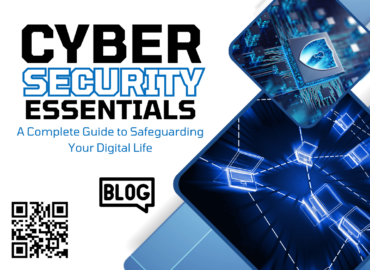
Ecommerce Site Development

In today’s digital landscape, ecommerce site development has become a cornerstone for businesses aiming to expand their reach and increase revenue. Whether you are a small startup or a large enterprise, creating a robust online store can set the stage for long-term success. But where do you begin? In this guide, we will walk you through every critical step, ensuring your ecommerce journey is as seamless as possible.
Why Ecommerce Site Development Matters
First and foremost, let’s address why ecommerce site development is crucial. With more customers shopping online than ever before, businesses need an engaging and functional platform to cater to this growing demand. Moreover, having an ecommerce site allows you to operate 24/7, reach a global audience, and provide personalized shopping experiences. Consequently, investing in your ecommerce platform is not just an option but a necessity.
Step 1: Define Your Ecommerce Goals
Before diving into the technical aspects, you need to define your goals clearly. Ask yourself questions such as:
- What products or services will you sell?
- Who is your target audience?
- How will you differentiate your site from competitors?
By answering these questions early on, you can create a roadmap for your ecommerce site development process. Furthermore, it ensures your efforts align with your business objectives.
Step 2: Choose the Right Ecommerce Platform
Another critical step is selecting the right ecommerce platform. With countless options available, such as Shopify, WooCommerce, and Magento, choosing the one that fits your business needs can be overwhelming. However, consider factors like scalability, ease of use, and customization options.
For instance:
- Shopify is ideal for beginners looking for an all-in-one solution.
- WooCommerce offers flexibility and is perfect for WordPress users.
- Magento suits large businesses requiring advanced features.
Above all, ensure your chosen platform supports your long-term growth and integrates seamlessly with your existing tools.
Step 3: Prioritize User Experience (UX) Design
Once you’ve chosen a platform, it’s time to focus on UX design. A well-designed ecommerce site enhances customer satisfaction and boosts conversion rates. Key elements to consider include:
- Responsive Design: Ensure your site looks great on all devices, including mobile and tablet.
- Intuitive Navigation: Make it easy for users to find products or information.
- Fast Load Times: Optimize images and code to reduce load times, as delays can lead to cart abandonment.
Not to mention, a visually appealing site builds trust and encourages repeat business.
Step 4: Optimize for SEO
Optimizing your ecommerce site for search engines is essential to attract organic traffic. Start by integrating your keyword, ecommerce site development, naturally throughout your website. Additionally, focus on:
- Writing detailed product descriptions.
- Creating engaging blog content.
- Using meta tags, headers, and alt texts effectively.
- Building backlinks from reputable sources.
Furthermore, ensure your site has a clean URL structure and is mobile-friendly, as these factors significantly impact your search rankings.
Step 5: Implement Secure Payment Gateways
Trust is vital in ecommerce, which is why secure payment gateways are non-negotiable. Offer multiple payment options such as credit cards, PayPal, and even buy-now-pay-later services. Importantly, ensure your site is SSL certified to encrypt customer data and protect transactions.

Step 6: Test and Launch Your Ecommerce Site
Before going live, rigorously test your site. This includes:
- Checking for broken links.
- Testing the checkout process.
- Ensuring all functionalities work as expected.
Additionally, seek feedback from friends or colleagues to identify any overlooked issues. After testing, launch your site and promote it through social media, email marketing, and paid ads.
Choose Expert Ecommerce Site Development
Ecommerce site development might seem daunting at first, but with careful planning and execution, you can create a platform that drives sales and delights customers. From choosing the right platform to optimizing for SEO, each step plays a pivotal role in your success. By prioritizing user experience, secure payments, and effective marketing, you can transform your ecommerce site into a thriving business hub.
If you want to read more information about how to boost your website traffic, just visit –> TekHive





